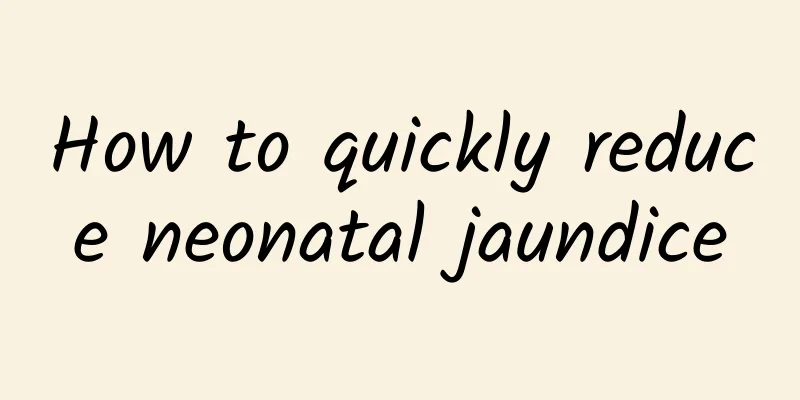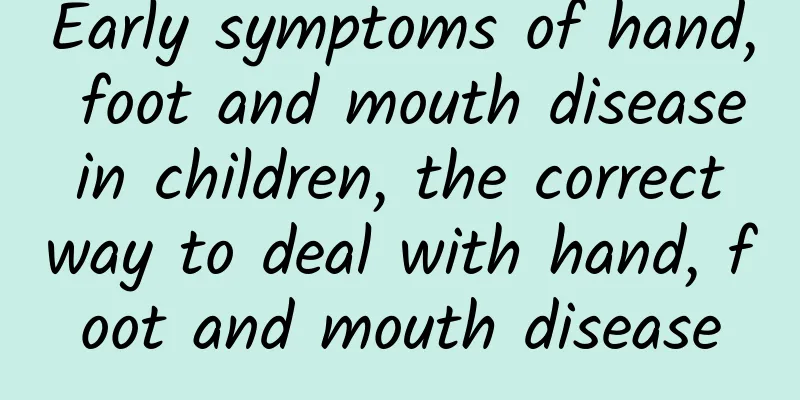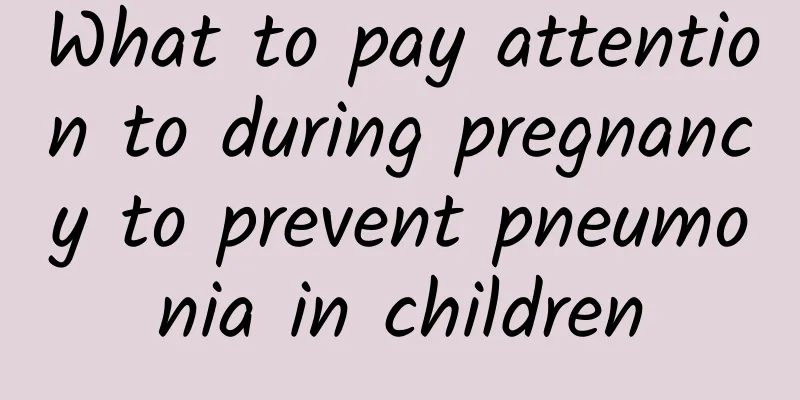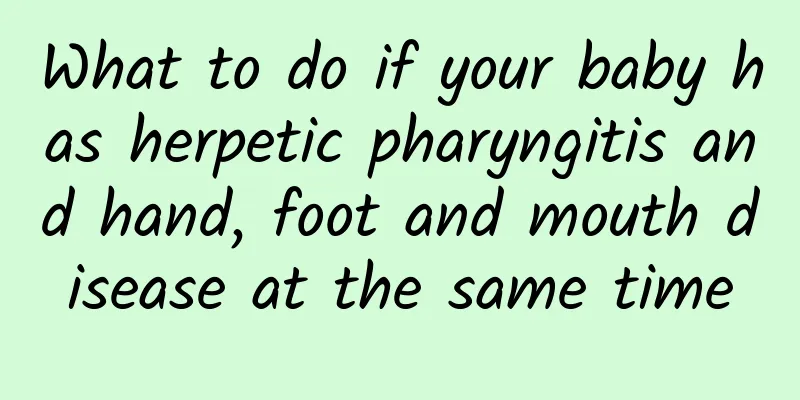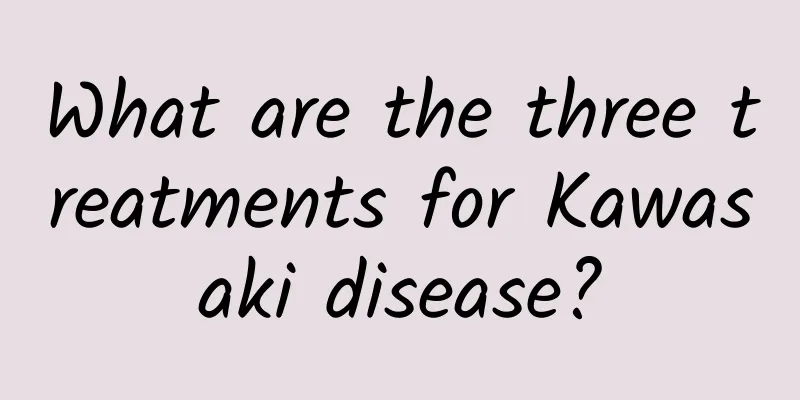How does baby jaundice occur? Five major causes of jaundice
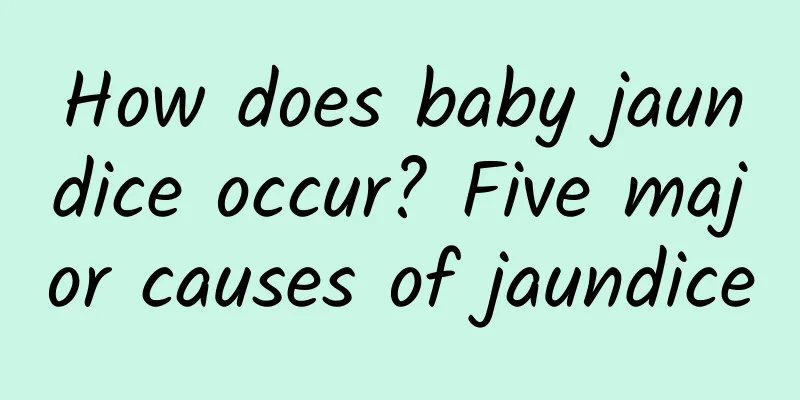
|
Within 28 days after the baby is born, bilirubin accumulates in the body and the bilirubin level in the blood increases. In this case, 60%-80% of newborns will have yellow skin within 2 to 5 days after birth. This is what we often call neonatal jaundice. Generally speaking, there are five major causes of neonatal jaundice. 1. Physiological jaundice Neonatal physiological jaundice is a phenomenon unique to the neonatal period. This is because after the baby is born, excessive bilirubin is produced, and the liver function is immature, which restricts the metabolism of bilirubin and causes jaundice in the baby some time after birth. 2. Breast milk jaundice Jaundice in newborns due to breastfeeding is called breast milk jaundice, which is a special type of pathological jaundice. The characteristics of breast milk jaundice are: jaundice continues to worsen after the peak of physiological jaundice. Breast milk jaundice generally does not affect the baby's health, and there are no symptoms of fever or loss of appetite. Jo's mother would like to remind mothers that even if the baby has breast milk jaundice, breastfeeding should be continued. This will help the bilirubin to be secreted into the intestines and excreted from the body through defecation. Temporarily stopping breastfeeding may seem to help reduce jaundice, but it actually increases the risk of formula powder allergy in the future. 3. Hemolytic jaundice The most common cause of hemolytic jaundice is ABO hemolysis, which is caused by the incompatibility of the mother's and baby's blood types. The most common case is when the mother's blood type is O and the fetus's blood type is A or B, and the jaundice caused by this situation is also more severe. The characteristic of neonatal hemolytic jaundice is that it appears within 24 hours after the baby is born and gradually worsens. If it is a mild symptom caused by ABO blood type, it can be treated with phototherapy. 4. Infectious jaundice Infectious jaundice is caused by viral infection or bacterial infection, which damages the liver cell function of the baby. The characteristic of jaundice is that it persists after physiological jaundice or persists after physiological jaundice disappears. 5. Obstructive jaundice Obstructive jaundice is mostly caused by congenital bile duct malformations, with congenital biliary atresia being the most common. The characteristic of jaundice is that jaundice appears 1-2 weeks or 3-4 weeks after the baby is born and gradually deepens. At the same time, the color of the stool gradually turns light yellow or even white clay. This type of jaundice can usually be detected by B-ultrasound. In children with jaundice, feeding and phototherapy are more effective than medicationBecause it is heard that jaundice will affect the baby's intellectual development, many parents will be very anxious and always want to use medicine to quickly reduce the jaundice in the baby. In fact, for infants over 1 week old, jaundice less than 17mg/dl (291mmol/L) does not require special treatment. Whether neonatal jaundice will affect the brain depends on the degree of jaundice, not the duration. After the baby is 5-7 days old, a jaundice index of & 17mg/dl (290mmol/l) will not cause damage to the brain. During this period, insisting on feeding and sunbathing through the window can help the baby reduce jaundice. Medical treatment is only needed for severe jaundice or disease states, such as hemolysis, severe infection, etc. The safest treatment is phototherapy, rather than suspending breastfeeding or taking medication, etc. Many mothers have heard rumors about preventing and treating jaundice by taking glucose orally. In fact, this has no effect and will affect blood sugar metabolism. Phototherapy is an adjunctive treatment for neonatal hyperbilirubinemia through fluorescent light exposure. The specific method is to let the baby lie naked in the crib (eyes and perineum need to be covered) and then irradiate under blue fluorescent light. Through light, ultraviolet light can convert bilirubin into something that is more easily excreted from the body through the baby's urine, which can relieve the baby's jaundice. |
<<: How long does it take for neonatal jaundice to subside?
>>: Should I stop breastfeeding if my baby has jaundice?
Recommend
Which department should I go to for diagnosis of ADHD?
Diagnosis of ADHD in children should be made in t...
How to prevent neonatal jaundice? What to do if a neonatal jaundice patient has diarrhea after taking medicine?
Neonatal jaundice is a common clinical problem. F...
How to treat baby's indigestion? What foods are suitable for babies to digest?
Infant indigestion is one of the most common dise...
How to treat vulvar malnutrition? What causes vulvar malnutrition?
Vulvar dysfunction is a difficult and complicated...
Why does my baby have a dry cough at night? Is my baby's dry cough at night caused by rhinitis?
It is a common condition for children to have dry...
What are the daily care for polio patients?
Poliomyelitis is an acute infectious disease caus...
Early symptoms of hand, foot and mouth disease in children, the correct way to deal with hand, foot and mouth disease
What are the early symptoms of hand, foot and mou...
What are the effective methods for treating patent ductus arteriosus?
What are the effective methods to treat patent du...
Causes of pneumonia in children
Many children suffer from pneumonia because their...
What causes acute laryngitis in children?
The weather is getting colder, and it is the high...
Ways to avoid jaundice attacks
Every movement of a newborn affects the heart of ...
Can children with pneumonia eat beans?
What should you eat when you have pneumonia? Pneu...
Is jaundice a serious liver disease?
Is jaundice a serious liver disease? If jaundice ...
What are the diagnostic criteria for polio?
Polio is an infectious disease caused by the poli...
How to prevent influenza during breastfeeding? What are the ways to prevent influenza during breastfeeding?
1. Get a flu shot Breastfeeding mothers will not ...
